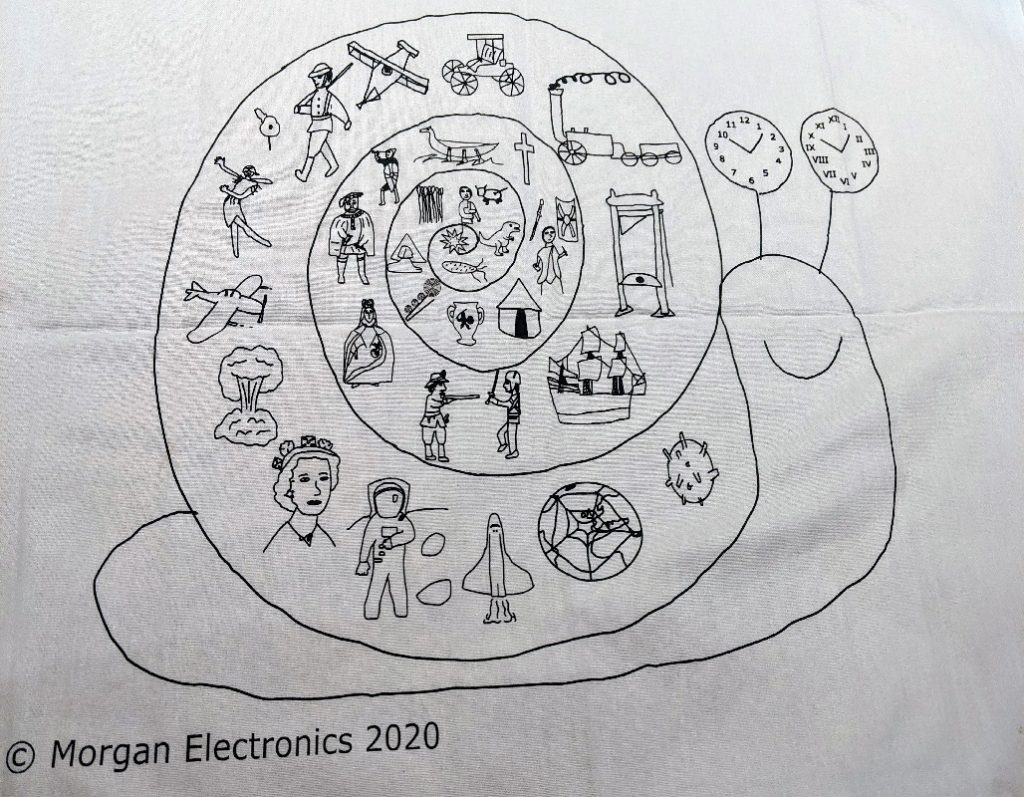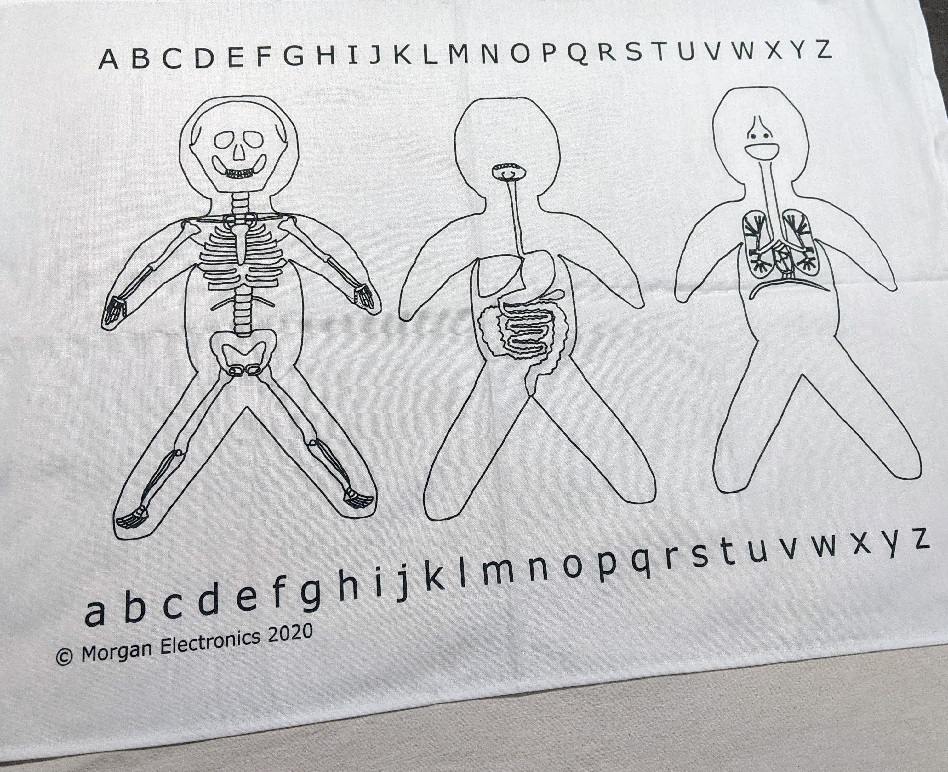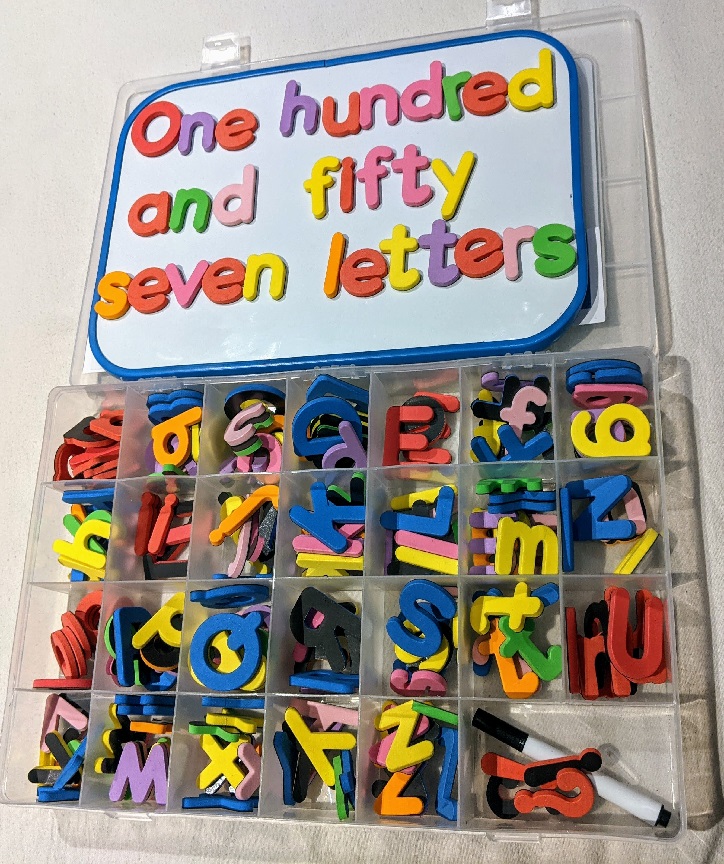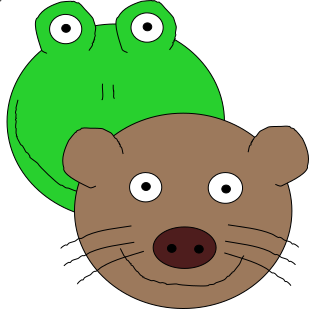If you want to teach your child to read, you may be wondering where to start, or puzzled by the huge range of potential resources available. If so, you may want a quick and easy guide!
I can’t promise that teaching your child to read will be entirely quick, or completely easy, but this guide is.
Teach Your Child to Read
Step One – Listen to Books
Reading to your child is a vital step in teaching them to read. It’s also really helpful for building a whole load of other skills. Plus, it’s really fun!
If you want your child to read, they need to know what books are for. So, read to them. Read as many types of books as you can: stories, recipes, poems, guide books, encyclopedias, how-to books; all books are great for this step. As soon as possible, let your child choose books. We go to the library every week (except in Lockdown, of course) and let the children choose their own books. It’s one of their first tastes of independance. Even a baby can indicate which of two options they are more interested in. Encourage your children to choose.
Rather brilliantly, one of the best predictors of children who love to read is having parents who love to read. So a great way of beginning to teach your child to read is to let them see you reading for pleasure. It is actually good for your kids if you pick up a book while they’re watching TV! Hurrah!
Step Two – Teach Your Child to Read Pictures
Before you start with words, look at pictures together. Talking about pictures, spotting details, working out what’s going on – what movement is being represented by a static image – are all great ways of building literacy skills. There’s lots of information about why looking at pictures helps children learn to read, but this is a quick guide. Playing ‘spot the picture’ games is part of teaching children to read. In the Frogotter Box, we use the Time Snail for this step.

Step Three – Identifying Letters
You don’t have to stop talking about pictures to start Step Two, ideally you will keep doing that as well; it will build comprehension skills. But, it’s really easy to add ‘spot the letter’ to your game. In the Frogotter Box, we use the Anatomy Sheet for this game.

Once your child has found all the boats on a page, point to a letter ‘b’ and ask if they can spot another ‘b’ just like that one. You can spot letters everywhere, on signs, on packets, on TV, and – of course – in books.
Step Four – Make the Sounds for the Letters
When introducing the letters to your child, say their sounds and not their names. So ‘a’ is pronounced ‘a’ as in the beginning of ‘apple’, not ‘ay’ as in the end of ‘say’. You can find plenty of guides online; here’s ours.
It can take a bit of practice to get the hang of this, but it’s really worth it, as it makes it much easier to get reading. If you put ‘see’ ‘ay’ ‘tea’ together, it sounds nothing like cat; but if you put ‘c’ ‘a’ ‘t’ together, it does!
Step Five – Put the Letters Together
I am a big fan of phonics. It does very well in studies, and really does seem to be a great way to teach your child to read. Plus, it’s not hard to do. Start with a few letters at a time (if you start with s, a, t, p, i; you can get a good handful of words that your child can read, very quickly).
Letters that you can pick up and move around are really handy for this stage. The Frogotter Box has a huge selection of 154 letters (plus three pieces of punctuation) – two capitals and five lowercase of each letter – which have magnetic backs so you can stick them to the whiteboard. We have a lot of fun making words with the letters in our box, you can watch us on youtube.

As soon as you can, it’s great to get your child reading books. There are lots of reading schemes out there, hopefully you can get hold of some from your local library. But, if you’re available and ready to read any words that they can’t manage, your child can practise their reading with absolutely any book. Don’t be afraid of letting them choose books that are ‘too hard’ for them; it’s far better to read a ‘too hard’ book that interests your child than a ‘just the right level’ book that doesn’t. Just be on side to help when they get stuck.
Step Six – Blending
Sometimes children struggle to get from sounding out single letters to reading whole words. If you want to teach your child to read whole words, and not just letters, you need to teach them blending. The best way I found is slightly counter-intuitive: start by teaching the child how to split words up into individual sounds. You can see us doing this in ‘Talk like a Tortoise’.
Step Seven – Repeat!
I am a big fan of returning to ideas and activities to help consolidate learning. ‘Repeat’, is one of the key themese of the Frogotter Approach. But, it’s even more important when you’re trying to teach your child to read.
There are loads of sounds in English, and it takes a long time to become familiar with all of them. Keep reading together – even if your children can read to themselves; there’s something very cosy about sharing stories. Keep looking at pictures together, and talk about them. Keep looking at letters and how they build words, once your child has met the first sounds, introduce more, and look at how the same letters can make different sounds – like ‘ow’ in ‘snow’ and ‘ow’ in ‘cow’ – and how different letters can make the same sounds – like ‘oo’ in ‘cool’ and ‘ue’ in ‘blue’. Keep taking those letters apart and putting them back together – it’ll help with spelling, just as much as reading.
Enjoy!
I’ve taught three of my children to read so far. Baby Girl is still on step one, as I write. It has honestly been one of my favourite parts of parenting. Sharing something so brilliant with my children has been a huge pleasure. I hope that you will enjoy sharing reading with your child too.
